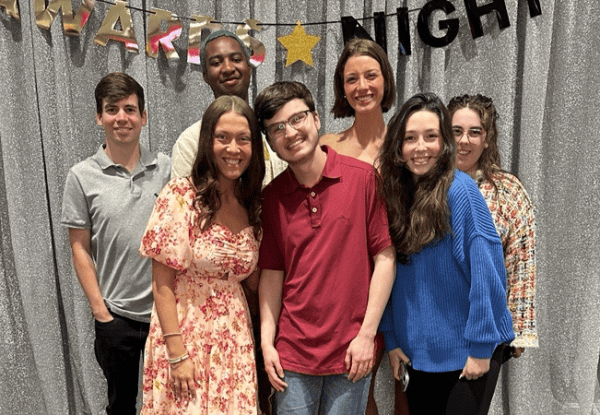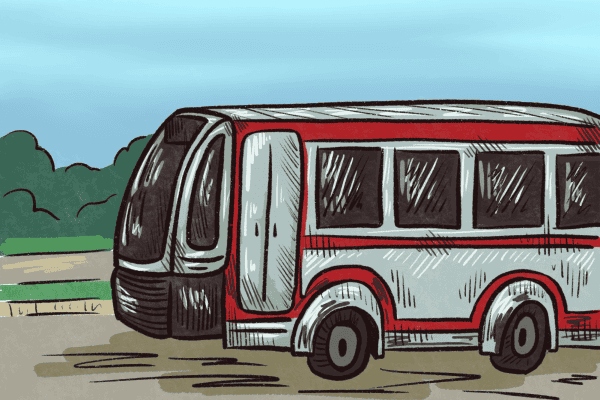Opinion | Students shouldn’t suffer from chronic pain in silence
August 22, 2021
“You have scoliosis. ”
I didn’t expect my chiropractor to say these words during my second appointment for chronic back pain.
Scoliosis is an abnormal, sideways curvature of the spine. Curves may be as mild as 10 degrees, or as severe as 100 degrees or more.
According to Mayo Clinic, signs and symptoms of scoliosis may include uneven shoulders, a shoulder blade that appears more prominent than the other, an uneven waist, having one hip higher than the other, having one side of the rib cage jutting forward or prominence on one side of the back when bending forward.
While none of these signs of scoliosis tipped me off, the chronic pain I felt from various areas on my upper, mid and lower back was painful enough for me to seek medical advice.
My case is milder than most, as some people may require back braces or corrective surgeries to avoid permanent harm to the body. My doctor instead recommended three exercises to complete throughout the week for the rest of my life.
While the exercises will help with my pain, they will not fix the two curves along my spine itself. In fact, most chiropractors and doctors who treat non-severe scoliosis focus on the ways to alleviate pain rather than straightening the backbone.
Scoliosis isn’t a condition that can be cured with a one-time medication. It is a chronic condition that affects many students and their ability to participate in academic spheres.
Adolescent idiopathic scoliosis is the most common form of the condition. It accounts for 80% of known cases and is diagnosed in individuals between the ages of 10 and 18. The cause of idiopathic scoliosis is unknown.
Idiopathic scoliosis is often detected before puberty and is more common in women. Young women may remember getting their spine curvature checked by a school administrator in school. For some, this check resulted in a diagnosis that would alter the course of their life.
In adults, two forms of scoliosis are commonly diagnosed: idiopathic and degenerative.
Degenerative scoliosis, also known as “de novo” scoliosis, is characterized by developing anew in adulthood, with no prior history of the condition in adolescence. It often emerges due to aging or the accumulation of certain lifestyle choices. It is rarely diagnosed before the age of 40.
Idiopathic is the same in both diagnosis and symptoms for adults as it is in children and teens. However, many choose to overlook signs of idiopathic scoliosis because people believe back pain in adulthood is caused by lifestyle conditions.
From texting, to working on a computer at home or having bad posture, I’ve heard it all when it comes to the explanations for my back pain. However, the possibility that I had scoliosis was never suggested.
The month of June is recognized as national scoliosis awareness month; however, the public at large rarely discusses this condition. For those who live it, scoliosis isn’t just a month-long experience. It’s a constant presence in their lives.
The National Scoliosis Foundation reports that the condition affects an estimated 7 million people in the United States, or about 2% of the population. Mayo Clinic categorizes the condition as “very common.” Despite these numbers, we rarely hear much regarding scoliosis — throughout the month of June or otherwise. This must change.
While my diagnosis last spring was a shock, I’m thankful for the medical community and resources I can access to learn about this condition.
More college-aged students should recognize that chronic pain is excruciating and difficult to conquer every day. By raising awareness of chronic pain, we ensure that individuals who experience it don’t have to suffer alone. Having a community is crucial to coping with any chronic condition and the isolation that accompanies it.
More health-related conversations should bring up the possibility of scoliosis when young adults mention chronic back pain, rather than brushing it off as “growing pains.”
For medical professionals to take these concerns seriously, we need to start here. By changing the culture around chronic pain and seeking a more universal understanding, we as students can challenge the ignorance that prevents people from achieving treatment.
By raising conversations in this way, we can advocate for those suffering from chronic pain.










